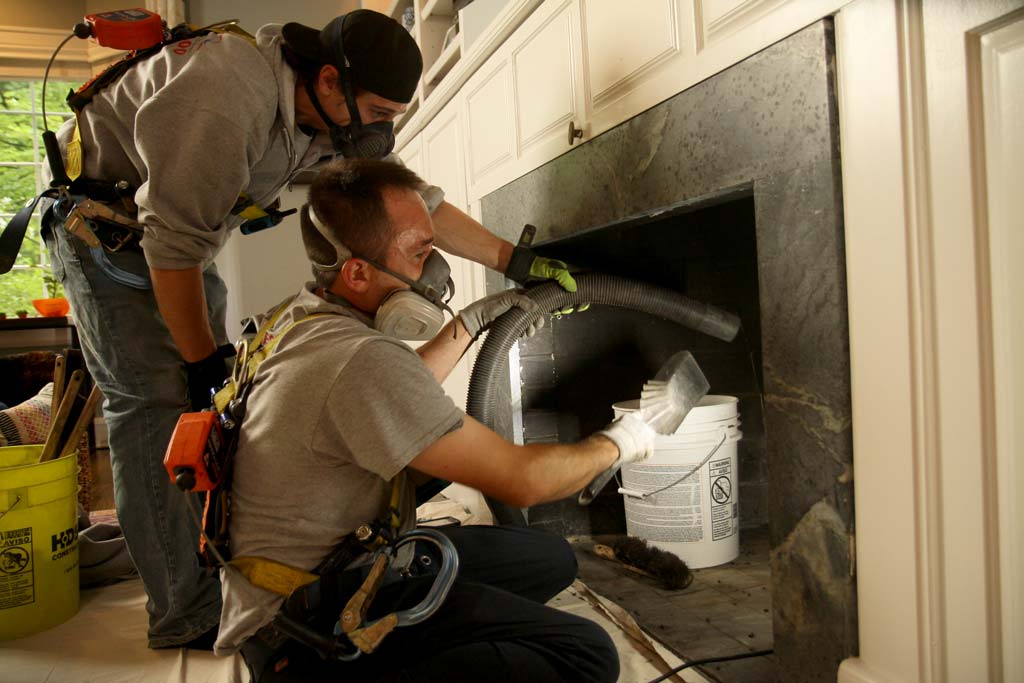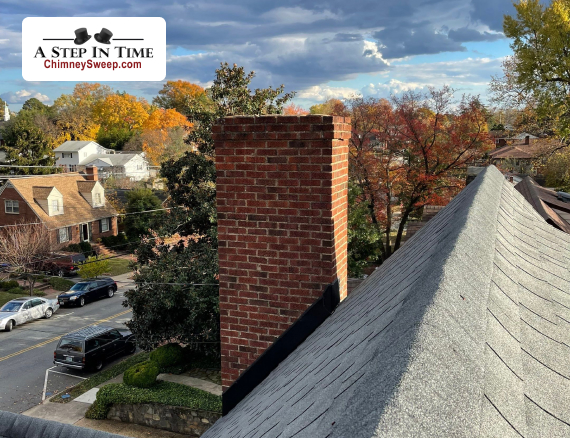Chimney Sweep San Jose Excellence: Making Sure a Clean and Efficient Fireplace
Chimney Sweep San Jose Excellence: Making Sure a Clean and Efficient Fireplace
Blog Article
The Hidden Dangers of Neglecting Smokeshaft Sweep and Upkeep
Disregarding smokeshaft move and upkeep can have severe effects that are often overlooked by home owners. The concealed risks can range from chimney fires and toxic gas release to architectural damages and carbon monoxide gas poisoning. This is why it is necessary to prioritize normal smokeshaft maintenance and move solutions.
Chimney fires are a typical danger caused by the build-up of combustible creosote within the chimney. In addition, disregarding smokeshaft upkeep can result in structural damage, including collapses and fractures, compromising the security and security of the entire residence.
By understanding the hidden dangers and taking positive steps to ensure smokeshaft move and maintenance, home owners can shield themselves and their families from these prospective threats.
Smokeshaft Discharges
When regular move and upkeep are disregarded,Smokeshaft fires present a substantial danger to property buildings. The accumulation of creosote, a highly combustible compound, within the chimney can result and fire up in an unsafe fire. When wood or fossil fuels are melted, Creosote is a result of insufficient burning and is created. Over time, this material accumulates on the inner wall surfaces of the smokeshaft, increasing the danger of a fire outbreak.
When a smokeshaft fire takes place, the intense warmth can trigger the flue tiles to split or collapse, permitting the fire to spread out to the bordering areas of your house. The flames can breach the smokeshaft structure and prolong right into the wall surfaces or attic room, bring about substantial property damages and possibly threatening the lives of the occupants.
Additionally, the smoke and harmful gases produced throughout a smokeshaft fire can pose a major health and wellness threat. The breathing of these gases, such as carbon monoxide gas, can be deadly. Even if the fire is included within the chimney, smoke can permeate right into the home, infecting the air and causing respiratory problems.
To avoid chimney fires, regular chimney sweeper and upkeep are vital. Professional chimney sweeper can get rid of the built-up creosote and check the smokeshaft for any kind of indications of damages or blockages, making sure that it is in secure working problem. Ignoring these safety nets can cause tragic consequences for house owners, making smokeshaft fires a considerable threat that must never be taken lightly.
Harmful Gas Launch

The launch of these toxic gases during a chimney fire can have significant repercussions. The architectural integrity of the residential or commercial property can be jeopardized as these gases can corrode steel elements, such as flue liners and smokeshaft caps.
To prevent the release of harmful gases during a chimney fire, regular smokeshaft upkeep and move are important. By prioritizing smokeshaft maintenance and move, property owners can minimize the threat of toxic gas launch and make sure the safety of their passengers and property.
Architectural Damages
One of the effects of neglecting chimney sweep and upkeep is the capacity for significant structural damage. In time, the build-up of creosote, debris, and various other materials in the smokeshaft can cause various issues that jeopardize the structural honesty of the whole system.
Among the primary concerns is the formation of smokeshaft fires. When creosote, a very flammable compound, builds up inside the smokeshaft, it can result use this link and fire up in a fire that can swiftly spread out to the remainder of the house. The extreme heat created by these fires can trigger extreme damage to the smokeshaft's masonry, leading to splits, collapsing mortar, and even the collapse of the chimney itself.
In addition, disregarding chimney maintenance can result in wetness infiltration. Leaks or cracks in the chimney can enable water to get in, resulting in water damage and damage of the smokeshaft's structure. With time, this can weaken the bricks, mortar, and other products, creating them to break down and potentially collapse.
Furthermore, the presence of animals and bugs in neglected chimneys can likewise contribute to structural damages. Chimney Sweep San Jose. Animals such as squirrels and birds can develop nests and leave debris that blocks the smokeshaft and prevents correct ventilation. This clog can lead to an accumulation of poisonous gases, reduced effectiveness, and also architectural collapse
Carbon Monoxide Poisoning
Carbon monoxide gas poisoning is a prospective danger that can occur from disregarding chimney sweeper and maintenance. Carbon monoxide gas (CARBON MONOXIDE) is an anemic, odor-free gas that is generated when fuels such as gas, timber, coal, and oil are burned. When a chimney is not effectively preserved or brushed up regularly, it can end up being blocked or blocked, preventing the correct air flow of CO. This can lead to a hazardous accumulation of CO in the home, which can have serious health and wellness effects.
Exposure to high levels of carbon monoxide can be lethal. Signs of carbon monoxide poisoning include migraines, lightheadedness, difficulty, nausea, and complication breathing. In severe situations, it can result in loss of consciousness, organ damage, and even fatality. Infants, the senior, and individuals with pre-existing breathing conditions are especially prone to the impacts of carbon monoxide gas poisoning.
Normal smokeshaft sweep and upkeep are necessary to protect against carbon monoxide poisoning. A specialist chimney sweeper can eliminate any type of obstructions or blockages, guaranteeing that additional info carbon monoxide can securely exit the home. Furthermore, routine inspections can recognize any potential concerns or damages to the chimney that might add to CO buildup.
To secure yourself and your family from the risks of carbon monoxide gas poisoning, it is critical to prioritize chimney sweeper and maintenance. By doing so, you can preserve a secure and healthy living setting.
Creosote Buildup
A substantial issue associated with ignoring smokeshaft sweep and upkeep is the accumulation of creosote. It is very combustible and can present serious threats to both the smokeshaft and the home if not properly resolved.
Creosote buildup happens when the results of burning, such as smoke, gases, and fragments, amazing and condense on the internal wall surfaces of the click for source smokeshaft (Chimney Sweep San Jose). Over time, this sticky residue can harden and collect, creating a thick layer that limits airflow and increases the threat of smokeshaft fires
Among the primary dangers of creosote buildup is the possibility for a smokeshaft fire. Creosote is highly flammable and can stir up at heats. As soon as ignited, it can shed at an extreme heat, possibly creating considerable damage to the smokeshaft framework and spreading out to other parts of the home.
In enhancement to the risk of fire, creosote build-up can likewise result in poor smokeshaft performance. As the layer of creosote thickens, it can block the flue, reducing the air movement and protecting against appropriate air flow. This can cause smoke to back up right into the home, leading to breathing issues and carbon monoxide poisoning.

Verdict
Smokeshaft fires can cause comprehensive damages to the framework and placed lives at danger. Furthermore, the accumulation of creosote can additionally increase the risk of smokeshaft fires.
Smokeshaft fires are an usual hazard created by the build-up of combustible creosote within the chimney.To protect against chimney fires, routine chimney moves and maintenance are vital. Professional chimney sweeps can eliminate the built-up creosote and examine the smokeshaft for any type of indicators of damages or clogs, ensuring that it is in secure functioning problem.To protect against the release of toxic gases throughout a chimney fire, routine smokeshaft maintenance and sweep are essential. The intense warmth generated by these fires can cause severe damage to the smokeshaft's masonry, leading to splits, crumbling mortar, and even the collapse of the smokeshaft itself.
Report this page